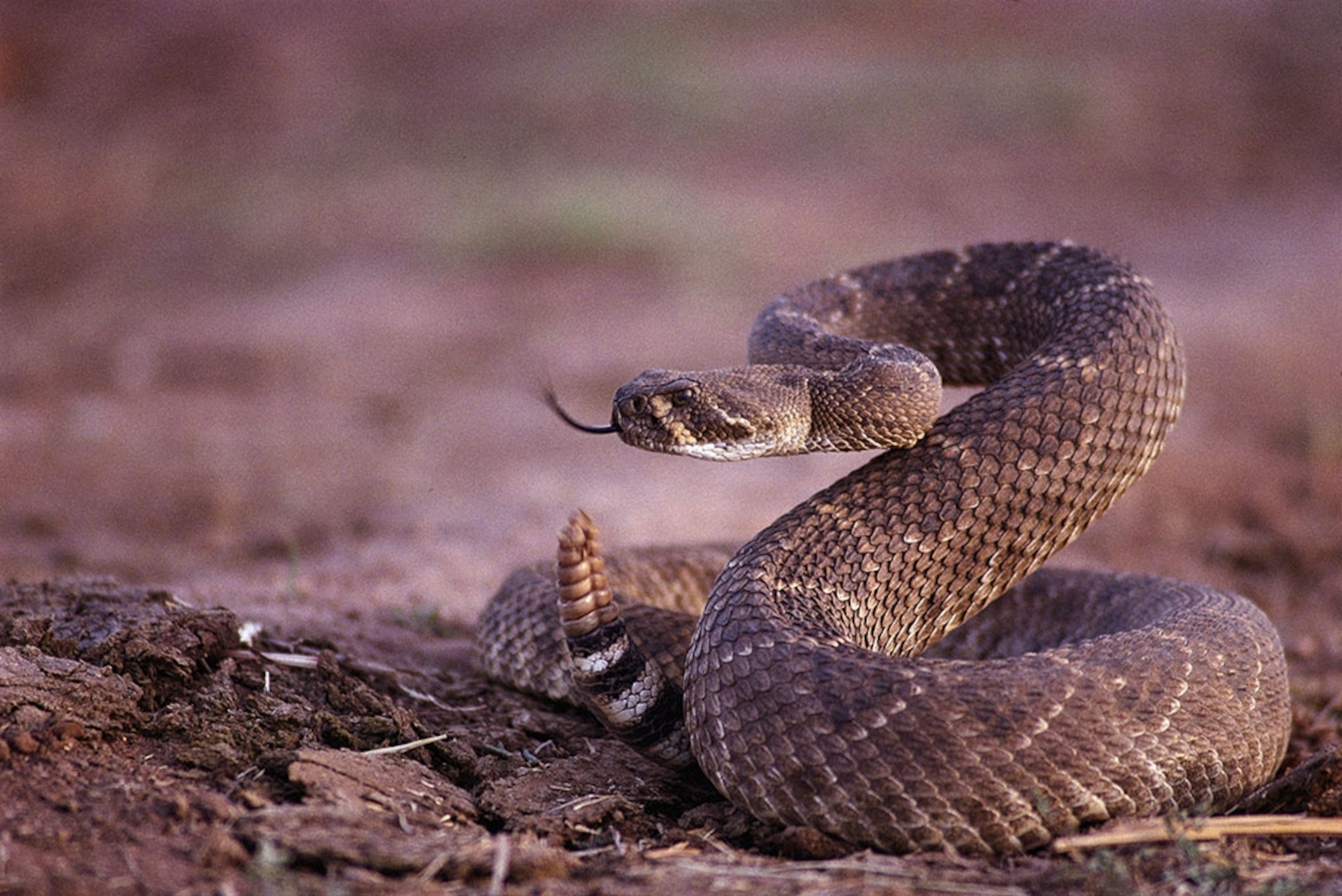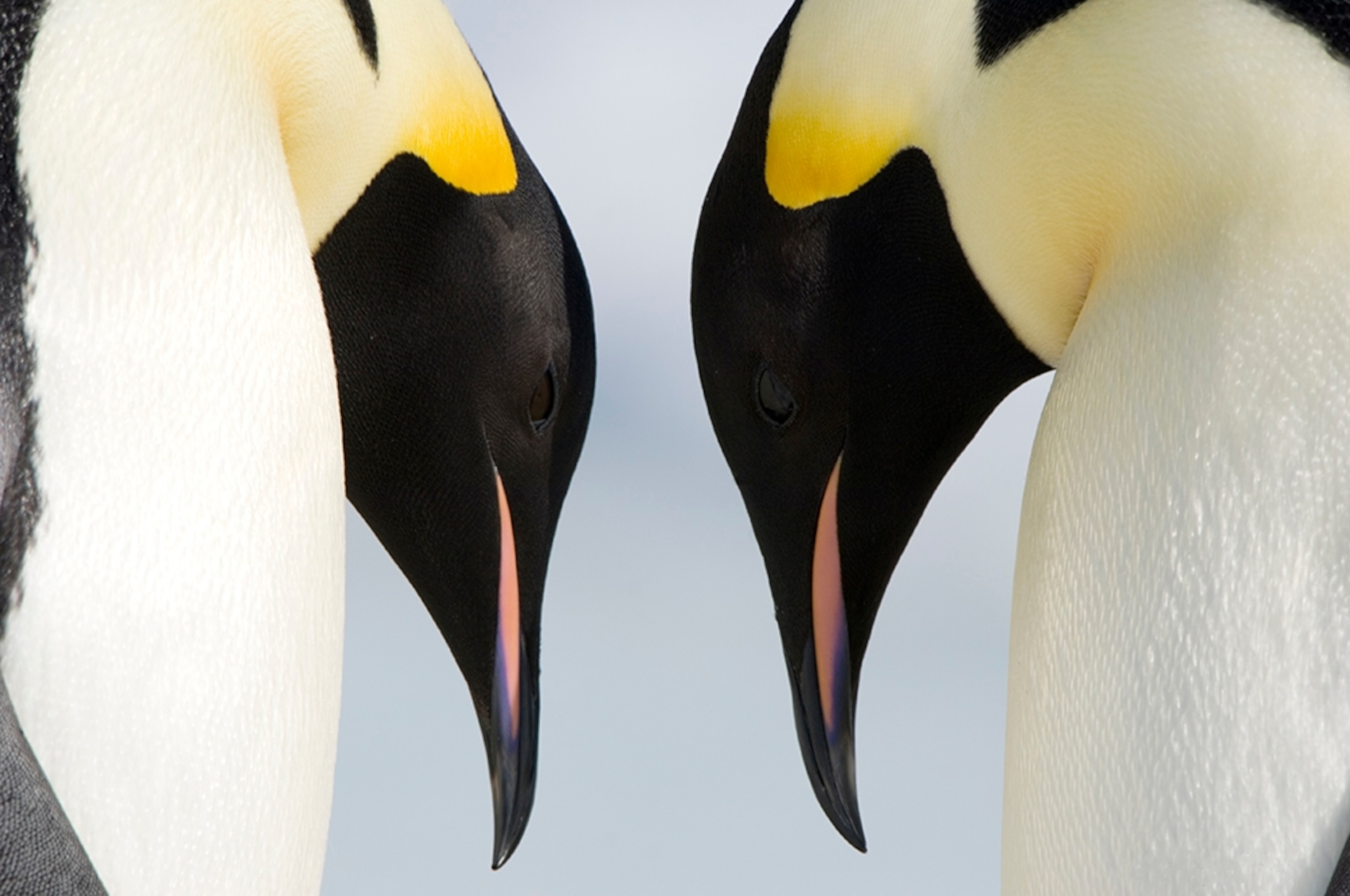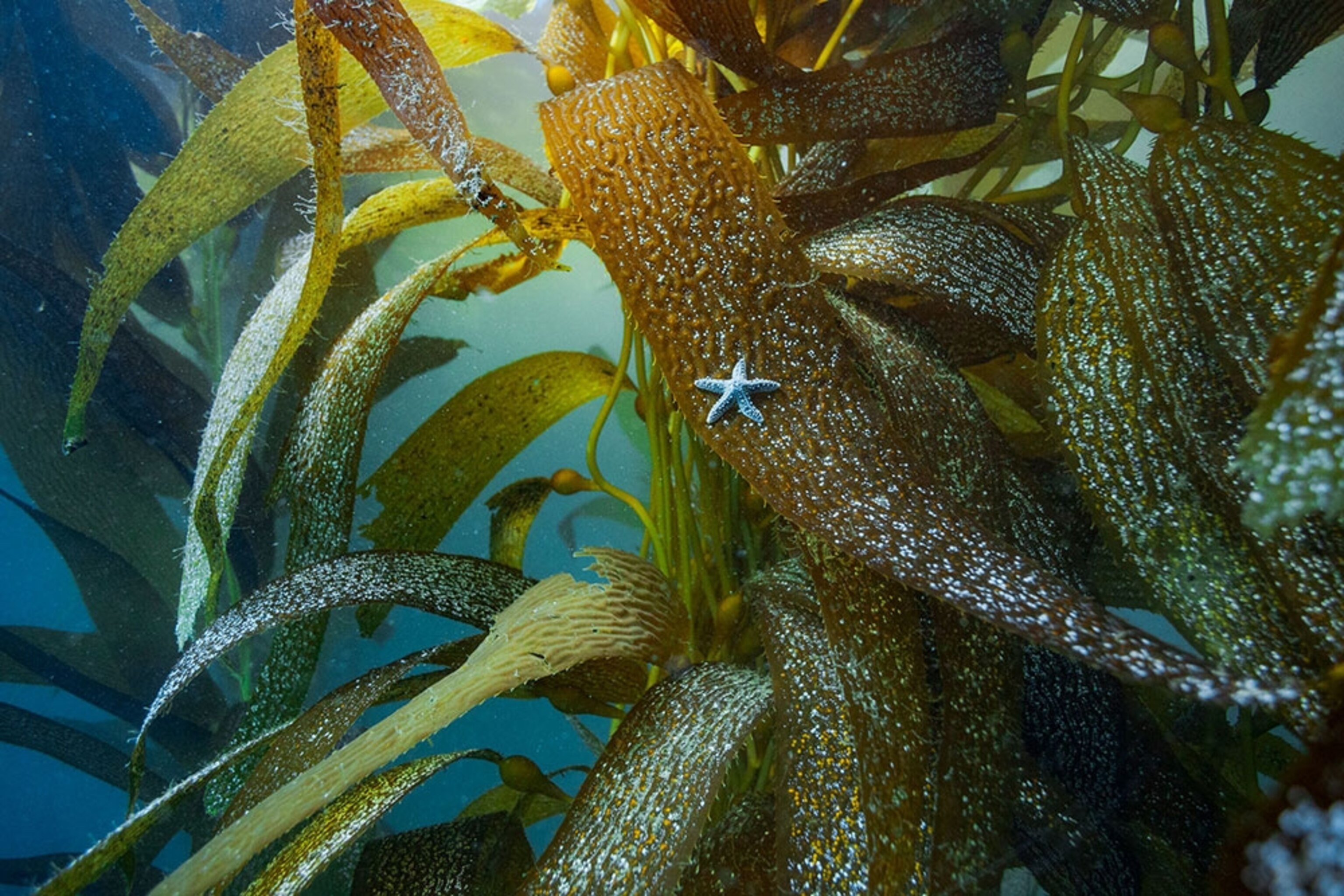
Zoo animals are anti-vaxxers' latest target
In this newsletter, how rattlesnakes trick humans; rescuing animals from Afghanistan; penguins marching toward extinction; rebalancing California's underwater forests.
This article is an adaptation of our weekly Animals newsletter that was originally sent out on August 26, 2021. Want this in your inbox? Sign up here.
By Rachael Bale, ANIMALS Executive Editor
Amid the rush and commotion of Pfizer, Moderna, and Johnson & Johnson racing to roll out their vaccines this past year, another one came out more quietly from a lesser-known company: Zoetis.
They’ve distributed about 2,000 doses so far—to bears, baboons, tigers, hyenas, and other animals. Zoetis is a U.S.-based veterinary pharmaceutical company, and it’s developed a COVID-19 vaccine specifically for animals. The company plans to send at least 8,000 more doses to 80 zoos, research institutions, and sanctuaries in the U.S. for free. Because it’s still in an experimental stage, the USDA and a state veterinarian must approve each shipment.
Zoetis’ animal vaccine has created a new target for anti-vaxxers too, Natasha Daly reports. When the Oakland Zoo, in California, announced it’d be vaccinating some of its animals, their social media accounts, email inboxes, and voicemails were inundated with outrage. “This is genocide on another level worse than the children being jabbed,” one message said. “It seems that they can’t help themselves but experiment with poison on every living creature at this point,” read a comment on an anti-vax influencer’s post. (Above, a ferret receiving the Zoetis COVID-19 vaccine at Oakland Zoo last month; below, a chimpanzee, one of the 48 animals at the California zoo to receive a jab.)
Many threatened to report the zoo to PETA. PETA, for its part, ended up issuing a statement in support of the zoo and Zoetis vaccine, noting the clinical testing behind it and saying, “the evidence clearly indicates that the benefits of vaccination in susceptible species far outweigh the dire risks of infection for unvaccinated animals.”
It’s not every day you get PETA and a zoo to agree on something. With zoos’ threatened and endangered species like tigers and gorillas getting sick and sometimes dying from COVID, it seems that animal activists, veterinarians, and zookeepers are all on the same page: reducing the risk of the disease is critical.
Read more about the Zoetis vaccine—and why it won’t be available for your pets anytime soon—here.
TODAY IN A MINUTE
“They are the four Spice Girls. Just a little bit hairier”: Hanoi Central Circus in Vietnam has given up its performing bears, releasing the animals to a sanctuary. The four, named Ginger, Pepper, Saffron, and Chili, are gradually learning to live with their newfound freedom, Euro News reports.
Remaining animals at Tiger King Park given up: The Department of Justice will seize the last 60-plus animals from Jeff and Lauren Lowe’s park, including porcupines, bobcats, foxes, and a camel, USA Today reports. Made famous by Joe Exotic and the Netflix docuseries Tiger King: Murder, Mayhem, and Madness, it was home to dozens of big cats and other wild animals. But since the show, the owners have faced numerous legal issues.
Operation rescue: Kabul Small Animal Rescue employees have been working around the clock to raise $1.5 million for a cargo plane to carry more than 200 dogs and cats, the organization’s crew, and their families out of Kabul. August 31 is the deadline for the withdrawal of foreign troops from Afghanistan. The crew is part of a mass exit since the Taliban took control but if they are still on the ground at deadline, "all bets are off," Charlotte Maxwell-Jones, the American founder of the rescue organization tells NPR.
Airlifting water for animals: The punishing drought out West isn’t just drying up pastureland and evaporating water troughs, it’s threatening wildlife. State agencies are pouring resources into helping some animals survive—even flying in water on helicopters to remote spots with bears, bighorn sheep, and other thirsty animals, at a cost of up to $1,800 an hour. As more areas are forced to ration water as a result of a climate crisis of our own making, we have to answer: What do humans owe animals that are perishing from a problem of our own making? Vox reports.
THE BIG TAKEAWAY
Not too close! The rattle of the rattlesnake is more complex than we knew. It turns out they speed up when a potential threat gets closer, Nat Geo reports. And that tricks humans into thinking the snake is closer than it actually is. Rattlesnakes vary their rattles for other reasons, as well. Pregnant rattlesnakes or those who have just given birth tend to be more aggressive. (Pictured above, a western diamondback rattlesnake prepares to strike, photographed by Nat Geo Explorer and Photo Ark founder Joel Sartore.)
If you dare: See more photos of rattlesnakes
INSTAGRAM OF THE DAY
Marching toward extinction: Antarctica’s emperor penguins perform a wide range of displays during courtship, from bowing and swinging their heads to trumpeting loudly. These displays continue throughout the breeding season when parents trade places while taking care of their chick at the colony. The continent’s emperor penguins number about 600,000 today, but more than three-quarters of their colonies could be gone by 2100 if carbon emissions go unchecked.
IN A FEW WORDS
Lions are the engines that drive African ecosystems. Erode that, and everything starts unraveling.
Dereck and Beverly Jouber, Nat Geo Explorers at Large
THE LAST GLIMPSE
Critically endangered: Sunflower sea stars, the world’s second largest sea star species, have been dying en masse since 2013 from a little-understood wasting disease. The disappearance of the species, an important predator, has had dire consequences for many of the marine ecosystems on the U.S. West Coast. “It's literally equivalent to if there was a disease that struck every mammal on the West Coast,” says Jason Hodin, a senior researcher at the University of Washington. Now scientists are trying to breed the sunflower sea star in captivity, to rebalance California’s underwater forests, Nat Geo reports. (Pictured above, an ochre sea star tries to blend into a kelp forest off Point Loma, California.)
Subscriber exclusive: Kelp is good for you—and for the environment
This newsletter was curated and edited by Monica Williams and David Beard, and Jen Tse selected the images. Do you have an idea or a link for the newsletter? Let us know, and thanks for stopping by today!




